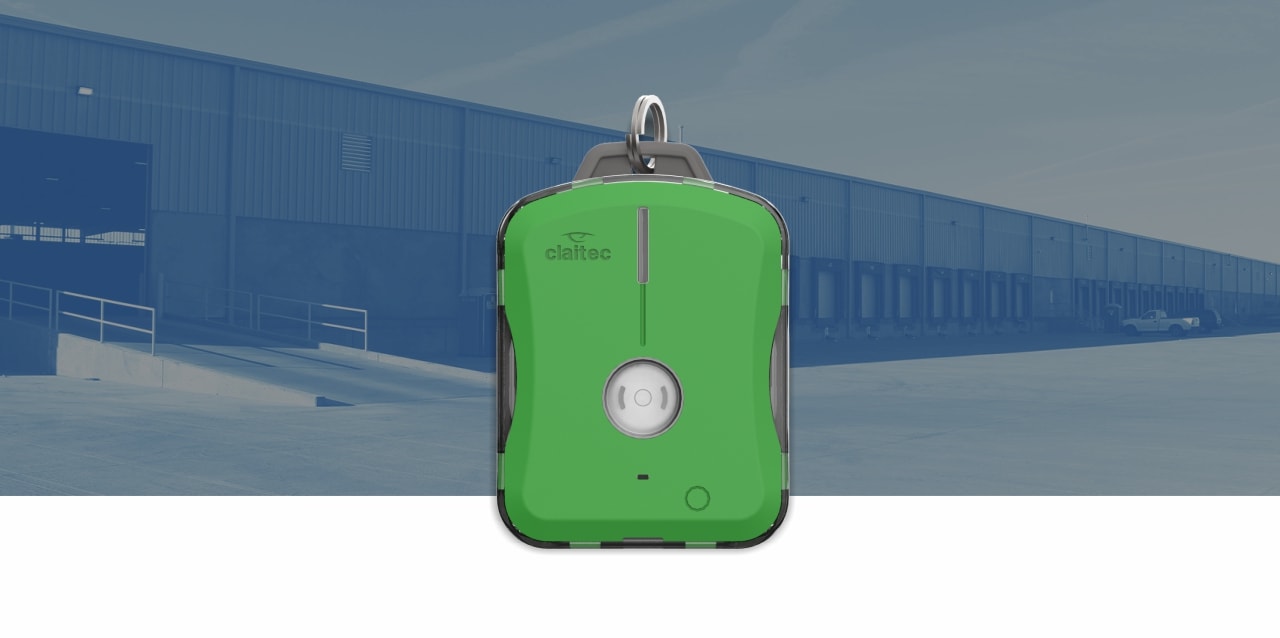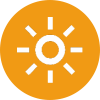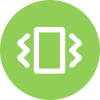At Claitec we are convinced that in order to provide an excellent service that truly matches our customers’ needs, it’s imperative for us to constantly update ourselves as well as maintaining a proactive and innovative attitude.
One of our latest developments – the T-10R tag – is the result of this philosophy.
A cutting-edge tag that adds new qualities to the existing T-10, the new T-10R is a long-lasting active RFID device that can be placed in any person, equipment or active element in our industries and workspaces to be accurately detected by the AC-50 Activator and considerably improving accident prevention rates at work.

The T-10R features many outstanding qualities including its robust design and overall resistance, making it the perfect companion at the many demanding workplaces and activities in our industries and without running the risk of breaking down or generating faults.
In addition, the T-10R’s battery can be recharged wirelessly, adding even more comfort – and safety – for the operator by ensuring that the tag always has enough power.
The T-10R can be charged wirelessly using 2 types of chargers: a unitary wireless charger via USB and a charging station which can load up to 12 tags at a time.

And if that wasn’t enough, this new device comes with a high intensity LED lighting, which provides quick detection and ensures the visibility of the person or the asset carried by the tag. The light generated features a 360° angle which can be perceived from anywhere in the environment in which it is located. In addition, you can know your battery status at any time by means of the status LED.
The T-10R tag is an easy to carry small device with an added vibration system that provides extra warning signals to operators in the presence of a nearby vehicle and other potential risks. The tag also generates a high intensity sound warning, offering a wide range of warning possibilities.
Not to mention that the duration of this battery can go on for over a month! Of course, always depending on its usage levels and other related factors.
Keen to find out more about this new system or about any of the other products we offer at Claitec?
Don’t hesitate to contact us!
We are here to help!








